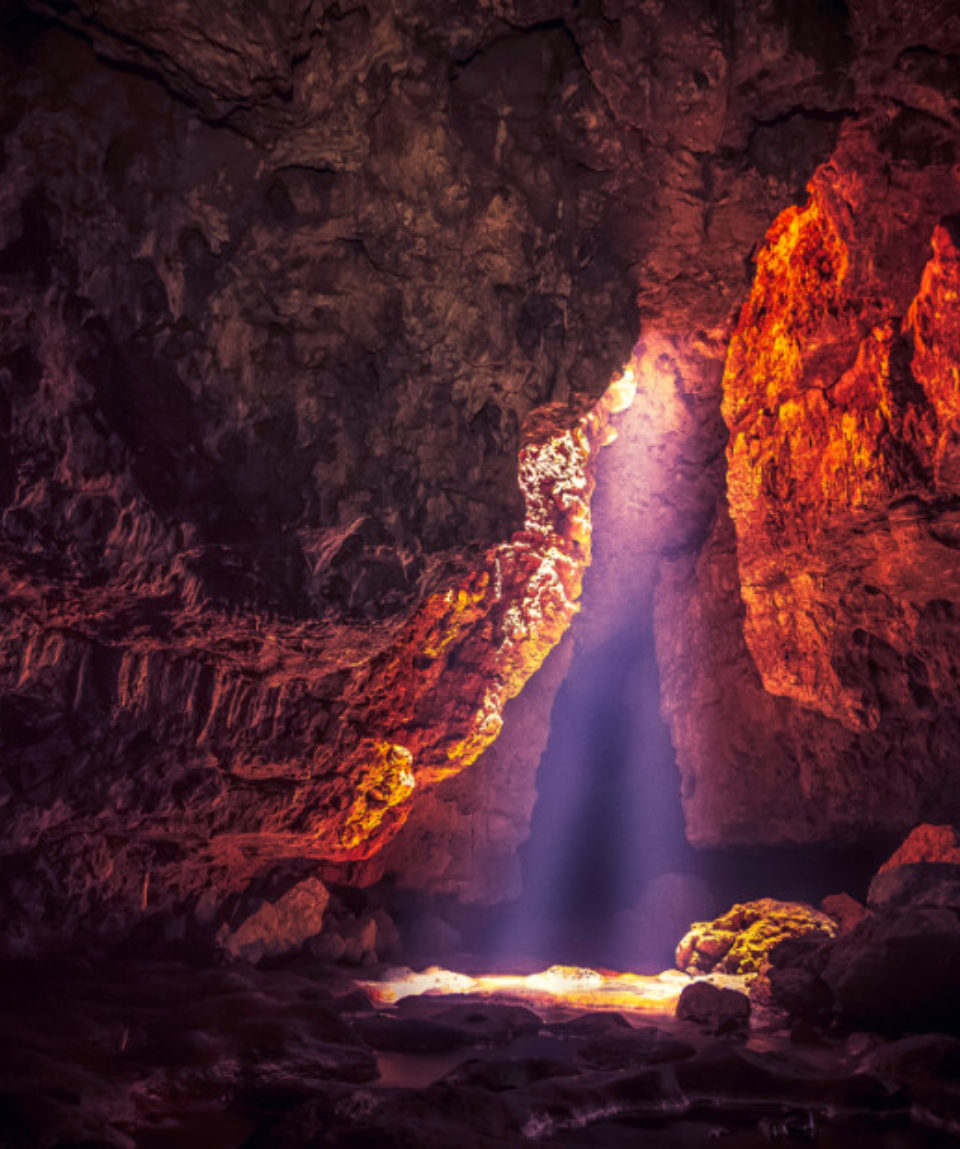Explore Assam & Meghalaya
Best Season: April
Assam, the rich, green land of rolling plains and dense forests is the gateway to the northeastern part of India. The mighty Brahmaputra River that has its origins in Tibet charts its majestic course through this state. This mystic land of eternal blue hills and beautiful rivers is renowned for its tea, rich flora and fauna, the world famous one-horned rhinoceros and other rare species of wildlife which are on the verge of extinction. Barring Africa, there is perhaps no part of the world where such a variety of wildlife exists!
Meghalaya – The Abode of Clouds, is a land blessed with abundant natural beauty spread across a diverse canvas of landscapes. High mountain plateaus, dense forests narrow valleys with gushing rivers, mighty waterfalls and an intricate network of limestone caves. This amazing variance in the landscape also makes it the ideal playground for the adventurous.
This thrilling trip gives you an opportunity to experience Meghalaya while correlating the essence of their culture with the land. We walk the Living root bridges to be awed by their beauty. Visit the cleanest village Mawlynnong and explore Cherrapunji.
-
Reviews 0 Reviews0/5
-
Vacation Style Holiday TypeCustomized Packages
-
Activity Level Soft
-
HIGHLIGHTS:
- Famous tea gardens
- A visit to the largest river island, Majuli in the massive Brahmaputra river.
- The amazing flora & fauna at Kaziranga.
- Shillong sightseeing
- Visit the picturesque village of Mawlynnong, acclaimed to be the cleanest one in all of Asia.
- Visit to the living root bridge
- Cherrapunji sightseeing.
FACT FILE:
- Type of Tour: Road Trip
- Grade: Soft
- Tour Duration: 11 Nights
- Best Season: – Apr.
- Ex-Destination: Starts – Dibrugarh; Ends – Guwahati
- Accommodation (Nights) : Hotel – 11
- Food Plan: Bed & Breakfast only basis.
- Travel & Transport: Transfers and sightseeing in SUV/MUV.
- Day 1 Arrival in Dibrugarh
- Day 2 Dibrugarh - Sightseeing
- Day 3 Dibrugarh - Jorhat via Sibasagar (140 km; 3-4 hrs)
- Day 4 Jorhat – Majuli – Jorhat
- Day 5 Jorhat – Kaziranga (90 km; 3 hrs)
- Day 6 Kaziranga
- Day 7 Kaziranga National Park – Shillong (278 km; 7-8 hrs)
- Day 8 Shillong Sightseeing
- Day 9 Shillong – Mawlynnong (80 km; 2 hrs) - Cherrapunji (82 km; 2½ hrs)
- Day 10 Cherrapunji Sightseeing
- Day 11 Cherrapunji - Guwahati (148 km; 5½ hrs)
- Day 12 Guwahati; Final Departure
Accommodation (Nights) : Hotel – 11
COST INCLUDES:
- Accommodation & Food: At all places in classic or premium hotels on twin sharing basis; Bed & Breakfast basis.
- Transport: Transfers and sightseeing in SUV/MUV.
- Other:
- Complimentary Sack & Cap.
- Ferry at Majuli & Guide.
- 01 Elephant + 02 Jeep Safaris at Kaziranga Park + Rangsandhya evening.
- Village visit & local sightseeing as per the itinerary.
- Goods & Service Tax as applicable.
- Travel to Dibrugarh & from Guwahati.
- Lunch and Dinner expenses.
- Monument visit fees.
- Camera Fees
- Any expenses of personal nature such as mineral water, laundry, liquor, etc.
- Any kind of insurance such as accident, theft, medical, evacuation, etc.
- Tips to hotel staff, drivers, guides etc.
- Any extra costs incurred due to extension/change of the itinerary because of natural calamities, flight
- delays, road blocks, vehicle breakdown etc. factors beyond the control of “Countryside Adventure Holidays Pvt. Ltd.” and its associates.
- Items not specified in the above in “Cost Includes”.
We can customize a similar tour to suit your requirements or if you are an independent traveller you can check our Fixed Departures.
Accommodation and other facilities including food and beverages in the sector especially Meghalaya would be basic.
Meals enroute will be organized in small hotel or tourist class restaurants or appropriate road-side restaurants as per availability.
It’s mandatory that all the participants carry a valid photo id., (Driving License, Voter Id., Passport or Adhar Card) for issuance of permits and 02 passport size photographs.
For accompanying children above 12 yrs (who do not have a Passport or Adhar Card), it’s mandatory to carry the School Id. Card/College Id. Card along with 02 passport size photographs.
The weather can change dramatically causing rain, thunder storm, flash floods, cloud burst, snow fall and severe drop in temperatures, causing severe physical hardships.
In this region there are no relevance between the distance and time travelling as it depends upon the conditions of roads and congestion of traffic.
Clients are expected to dress modestly and respectfully while visiting monasteries and other religious institutions and while attending festivals (you cannot wear Shorts, Short Skirts, Sleeveless tops, Hats / Caps / any Headgear).

